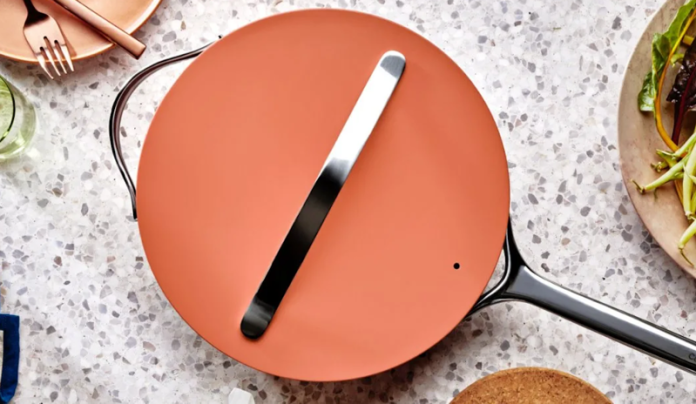Safety is essential in the kitchen, both in terms of the ingredients and the tools with which we prepare them to put them on the table. When we ask ourselves if we are using the best non-toxic cookware, we usually mean if they allow us to cook healthily, i.e., without contaminating food with toxic substances. Anyone who chooses a healthy and natural diet today cannot fail to take into account the cookware in which they cook their food.
In fact, different materials influence the flavor, consistency, digestibility, nutritional values , and wholesomeness of the food. When looking for the best non-toxic cookware, we find a wide variety of options, each with different and specific characteristics and fields of use. Still, when buying cookware, we should ensure that it does not release toxic substances, nanoparticles, or poisonous fumes.
Teflon Pans
Let’s start our analysis with the Teflon pans that have caused the most discussion in recent years. The extreme non-stick, ease of cleaning, and low cost have contributed to their success. Teflon pans are steel, cast iron, or aluminum with a bottom-coated layer of polytetrafluoroethylene (PTFE). Above 240°C, it begins releasing a highly toxic substance called perfluorooctanoic acid. It is responsible for the so-called “polymer fume fever,” with symptoms similar to the common flu.
Steel
Steel is heavily used in cookware. It is an alloy composed of iron, chromium, nickel, and other metals. Its success is due to its high resistance and easy washing and maintenance. However, its low thermal conductivity can cause food to stick and burn in the absence of fat or water. This problem is solved with the presence of the double bottom, interspersed with a layer of aluminum, which spreads the heat more evenly. Thus, requiring a greater expenditure of energy. Aluminum saucepans are widely used in industrial kitchens thanks to their lightweight and low cost.
However, steel tends to deform easily and get scratched, releasing metal traces in food. This contamination occurs through prolonged contact, especially in the presence of acid/sweet and sour substances and salt. However, when using an aluminum pan, you should pay attention to preparing recipes with acidic products, such as tomato sauce and sweet and sour peppers. There may be a migration of substances, but only in case of prolonged contact.
Non-stick ceramic coating
Pans with non-stick ceramic coating have been in great demand in recent years. They boast a very high resistance to scratches and nicks, they spread the heat in a uniform and constant way allowing a certain energy saving. Unlike Teflon, they do not require the use of per- and poly-fluoroalkyl substances (PFAS).
Compared to steel, they are not subject to corrosive phenomena even in contact with acidic foods. However, care must be taken that the ceramic layer is not actually made up of a multilayer of nanoparticles whose safety for health, as we have already seen, is not certain. In fact, many industrial ceramics are covered with a layer of silver nano molecules which could act as catalysts for the accumulation of further toxic substances.
Copper and Cast Iron
Copper is one of the favorite non-toxic bakeware and cookware of many bakers and chefs, thanks to its high thermal conductivity, which allows precision cooking. One of the negative aspects is that above 250°C, copper tends to soften, releasing metal that is equally toxic to the liver. A valid alternative could be the copper pot with a steel interior, but at this point, the limits are those seen previously for stainless steel. Instead, cast iron is much more resistant, which moreover guarantees a constant and homogeneous distribution of heat and is therefore very suitable for slow cooking; however, it is a very heavy and not very easy to handle material, which takes a long time to heat up and tends to rust easily.
Conclusion
Numerous studies have highlighted how many cooking utensils normally present in the kitchen, especially if misused, can cause more or less important damage to health over time. While the best non-toxic cookware is presented as a healthy option for cooking, you still need to be familiar with the cleaning and maintenance practices related to it.
















